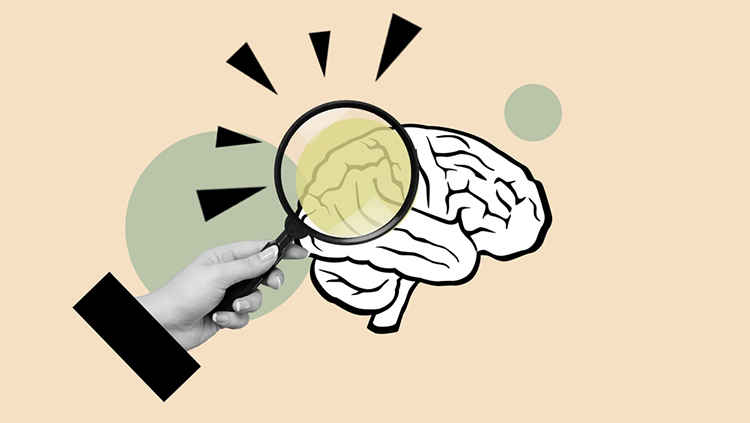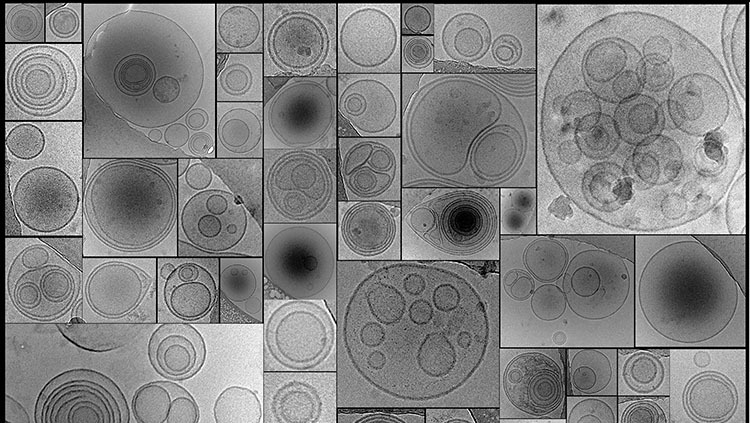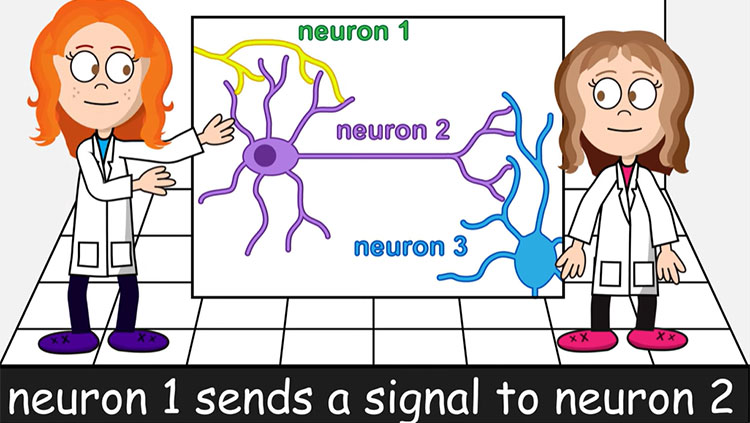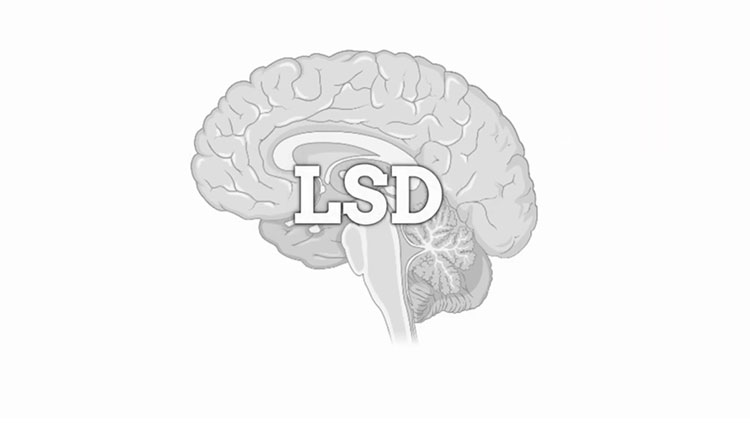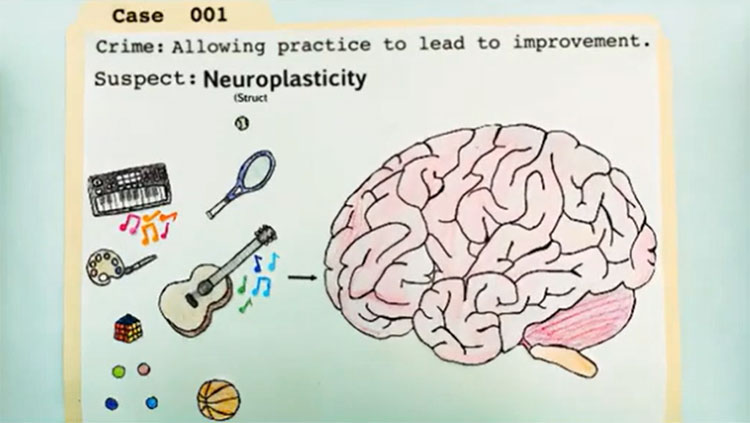Putting the Brakes on Brain Changes
- Published20 Dec 2016
- Reviewed20 Dec 2016
- Source BrainFacts/SfN
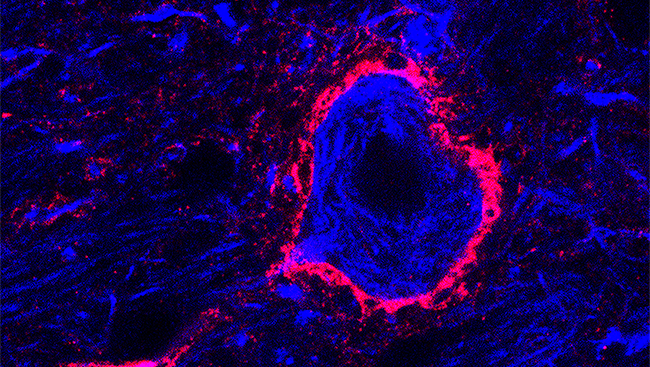
Far from being an inert mass of gray tissue, the human brain constantly remodels itself — neurons establish new connections, or synapses, and retract others. This remodeling, called synaptic plasticity, is important for learning and memory, as scientists believe that memories are located in the connections between neurons. But forming lasting connections requires some stability, and scientists have found a web of proteins surrounding individual brain cells that help keep plasticity under control.
Called perineuronal nets (and pictured above in pink in a mouse brain), these structures help inhibit the signals between neurons and keep current connections intact. Scientists believe this helps us lock in our memories by preventing further changes to the synapses where those memories live.
CONTENT PROVIDED BY
BrainFacts/SfN
Also In Cells & Circuits
Trending
Popular articles on BrainFacts.org


